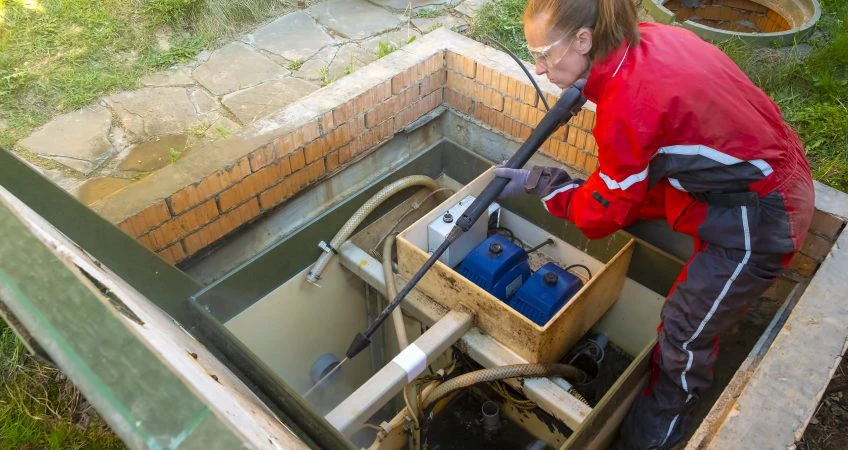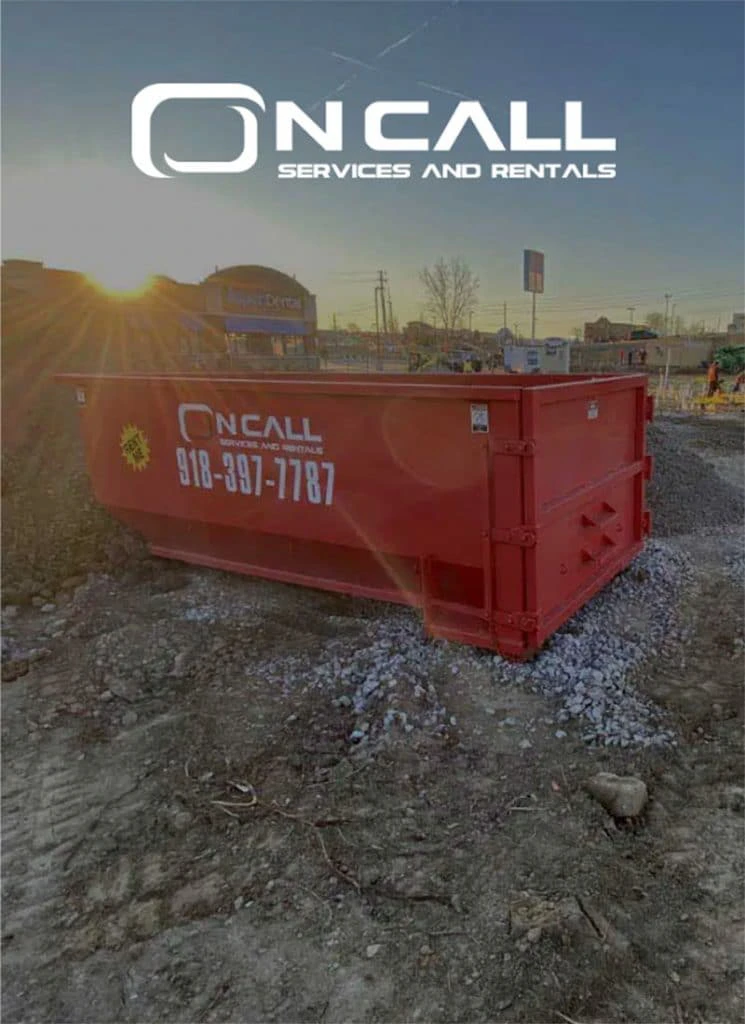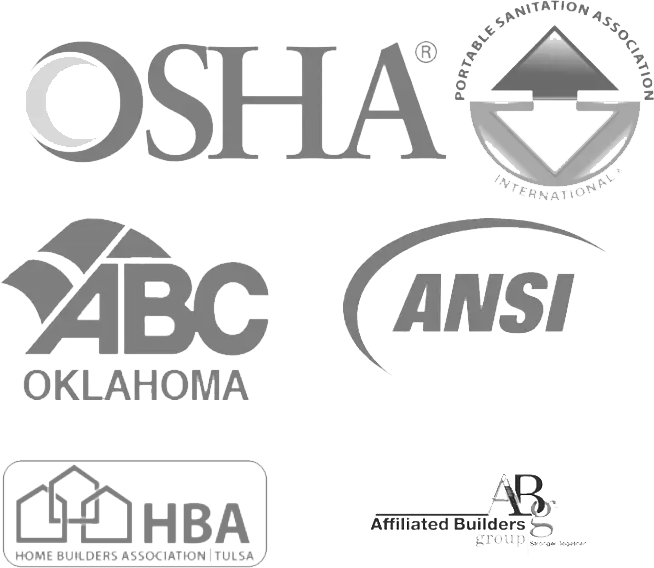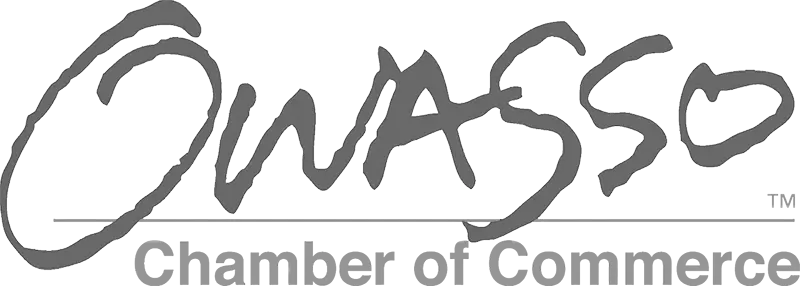OUR BLOG

Complete Guide to Septic Tank Maintenance
Maintaining your septic tank is of vital importance. Replacing it can cost you anywhere from $6,000 to $12,000, so if you want to avoid costly, avoidable replacements, then you need to invest in far more affordable routine maintenance.
A proper maintenance plan is essential to keeping your septic running smoothly. Fortunately, proper septic maintenance isn’t rocket science. Everything that goes down your toilet, shower, garbage disposal, or other appliance drains will enter your septic tank, so it’s important to pay attention to what you’re putting in it.
Septic System Basics
What is a septic tank?
Every septic system contains both a tank and a drain field. The underground tank holds your solids, while the drain field is where your gray water is released after it’s been treated. Septic systems are popular in rural communities without public city sewers.
How does a septic system work?
Wastewater from your home is separated into three layers: solids, liquids, and clean water.
When wastewater from your home enters the septic tank, it is separated into three layers: solids, LFOG (liquid fats, oils, and greases), and clean water.
The solids settle at the bottom of your septic tank while the LFOG floats to the top. Clean water flows from the tank into the drain field, where it disperses into your soil. Proper maintenance ensures that these layers don’t mix together and get backed up.
What is a drain field?
The drainfield, also known as a leach field, is where your gray water disperses into the soil after leaving your septic tank. If your drain field floods, it can lead to a sewage backup.
Why is septic maintenance so important?
Replacing a septic system is very expensive, so maintaining one is very important. The goal of septic maintenance is to prevent the accumulation of solids and groundwater contamination.
Septic maintenance generally includes the following tasks:
- Checking your septic tank for leaks or cracks
- Removing solids from the tank regularly
- Inspecting your drain field for damage or clogs
- Flushing your system regularly
While it may seem like common sense, certain items should never be put down the drain if you want to keep your septic system running smoothly. These items include (but are not limited to):
- Fats, oils, and grease (LFOG)
- Sanitary napkins and tampons
- Condoms
- Dental floss
- Cigarette butts
How often should I have my septic system pumped?
How often you pump your system depends on the size of your home, the amount of wastewater you generate, and the size of your tank.
According to the Environmental Protection Agency, the average septic system is pumped every three years. Systems with electrical float switches, pumps, and mechanical components should also be inspected annually.
Four Steps to Septic System Maintenance
- Step 1 – Regular Pumping – It’s important to keep your home on a regular septic maintenance schedule to prevent solids from accumulating and backing up. Every home is different, so ask your technician their opinion on how often you should pump it.
- Step 2 – High-Pressure Water Jetting – Solids do accumulate with time, and roots can also penetrate your system. High-pressure water jetting is a great way to break up clogs and eliminate debris. This should be done at least once every five years.
- Step 3 – Use a Bacteria Additive – Septic tanks use live organic bacteria to break down waste. Some household substances like detergents and soaps kill these bacteria, so additives are sometimes necessary.
- Step 4 – Install an Effluent Filter – Effluent filters prevent solids from entering your drain field, and need to be cleaned and replaced from time to time. Many older systems don’t have a filter at all.






